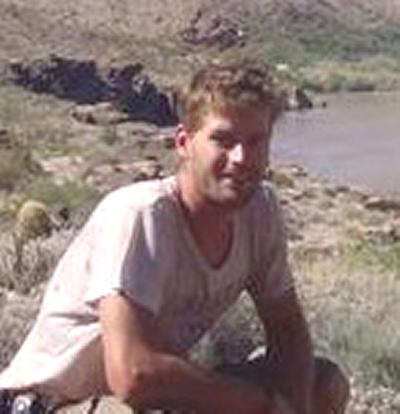Mr Nick W Synes BSc Mathematics, University of Exeter, MSc Integrated Environmental Studies, University of Southampton
Postgraduate research student

Mr Nick W Synes is Postgraduate research student within Engineering and Physical Sciences at the University of Southampton.
Academic Background
I have a BSc in Mathematics (University of Exeter, 2006) and an MSc in Integrated Environmental Studies (University of Southampton, 2009). I began studying for a PhD in 2011; my research is funded by EPSRC. I am researching species distribution models and individual based models to develop an understanding of how intraspecific interactions, species movement and dispersal, and environmental factors lead to the observed patterns of species distributions.
Awards:
- MSc dissertation was shortlisted to the final three for the 2010 John Rose Award (Institution of Environmental Sciences). This award accepts nationwide applications from both Masters and PhD students.
- Best Project award (2010) on the MSc Environmental Management Programme at the University of Southampton.
Work history
Between 2009 and 2011 I worked as a field-crew project leader for American Conservation Experience. The work involved leading crews of up to a dozen volunteers on practical conservation projects throughout the southwest USA. Project locations included: the Grand Canyon National Park, Zion NP, Guadalupe Mountains NP, Lake Mead National Recreation Area, Bosque Del Apache National Wildlife Refuge, Bitter Lake NWR, Grand Canyon-Parashant National Monument, Wupatki NM, Walnut Canyon NM and Tonto National Forest. Projects generally lasted for 8 days, and involved camping in remote and sometimes backcountry locations. Project tasks included: removal of invasive tree species, revegetation, electric-fishing for fish monitoring studies, fish habitat restoration and development of new trail systems.